“Silo” Creator Graham Yost Unseals the Secrets of Season 1
Graham Yost had his work cut out for him when he set out to tackle author Hugh Howey’s apocalyptic sci-fi trilogy series “Silo,” all of which are set in the titular structure (none of Howey’s books are actually titled “Silo”) and deal with the society that lives within it’s 144 heavily monitored floors. The denizens of the Silo live in a claustrophobic brutalist tower outfitted with retrofuturistic touches that include clunky computers, a large screen in the cafeteria showing what appears to be a denuded, toxic world outside, and, suspiciously, not a single elevator. The Silo houses a society that cannot leave the premises unless they want to “clean,” a process in which they willingly step outside the Silo, take a rag to the single, dirty window facing the outside world, and promptly keel over and die. Nearly all of them choose to stay indoors and spend their entire lives there, living in the aftermath of a cataclysm that went unrecorded. To live in the Silo is to live in a blank historical slate, and to live in the Silo is to schlep everywhere, all under the watchful eye of the Watchers.
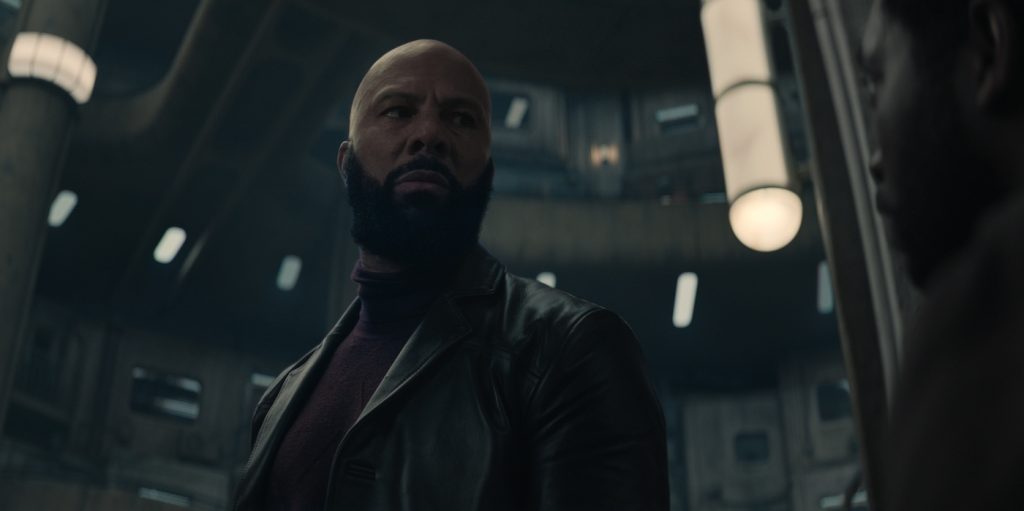
It’s rich material to turn into a series, and Yost and his crack team of writers, directors (including Morten Tyldum), cast, and crew pulled it off. Yost led the effort to tease out deeper stories from Howey’s cast of characters, especially a gifted if emotionally guarded engineer named Juliet (a fantastic Rebecca Ferguson) who feels compelled to accept the position of sheriff—Silo successfully melds sci-fi, western, and mystery elements—to investigate the murder of her boyfriend, George (Ferdinand Kingsley).
We spoke to Yost about what it took to bring Howey’s trilogy to life, how in the world he built out the Silo’s ingenious sets, and more.
What were your initial thoughts when you got to work to adapt Hugh Howey’s book series?
Me and the writers had the books that we could refer to, so we knew where we were headed long term, we just had to make sure that we didn’t burn through it too fast or too slowly. So that’s the calibration process. I will say this: We did a lot of work in season one, setting up the world and setting up the characters. We don’t have to do that so much in season 2, so we’ve got a little more room for more story and more stuff happening.
Did it make it easier or harder that the series is exclusively set in this giant Silo?
The hard part was everything had to be built, and there’s limited stage space in England right now, which means you have to design the production around when you’re building what sets. And so there are certain big circular sets that become IT bullpen, which becomes the marketplace, which becomes any other big circular set. So it’s this big logistical nightmare of figuring out how to film the thing. On the other hand, it’s all indoors, there’s no night shooting, and barely any locations.
I’m curious how you paced out the season to the satisfyingly shocking finale. Spoiler alert.
We had a question of when we would find out that the world was really dead outside, because in the books, we’re in Holston’s point of view, and when he takes off his helmet, he sees that the world really is dead. It was Max Aronson at Apple who said, “Hey, what if we didn’t reveal that until the end, so that’s a mystery, too?” And I was like, “That’s a really good idea. Let it be Juliet who takes the audience into that.” So, once we had the ending, we knew that we wanted to start with the Sheriff and his wife, which we knew was a risky move. But we also knew that the first two episodes would be released together, and people would hopefully get hooked into the Juliette story when she shows up.
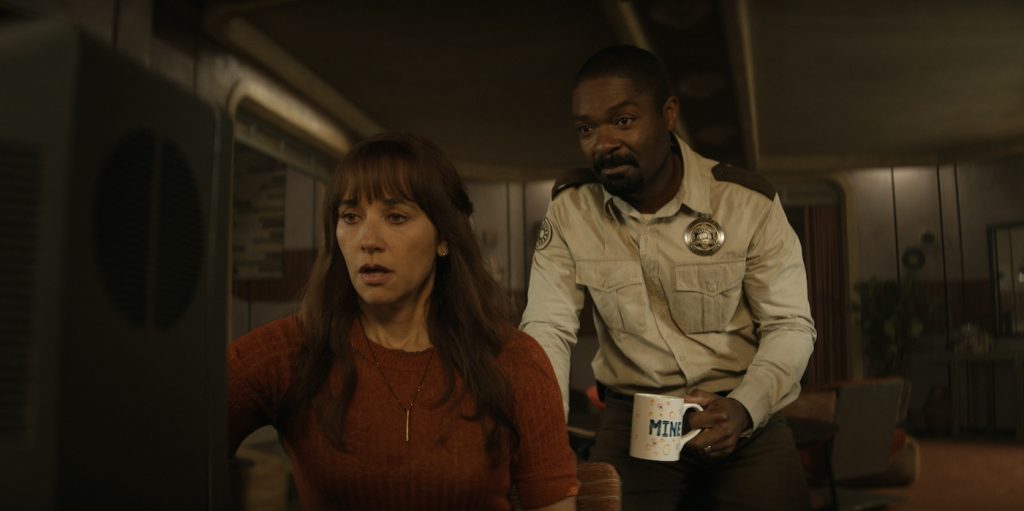
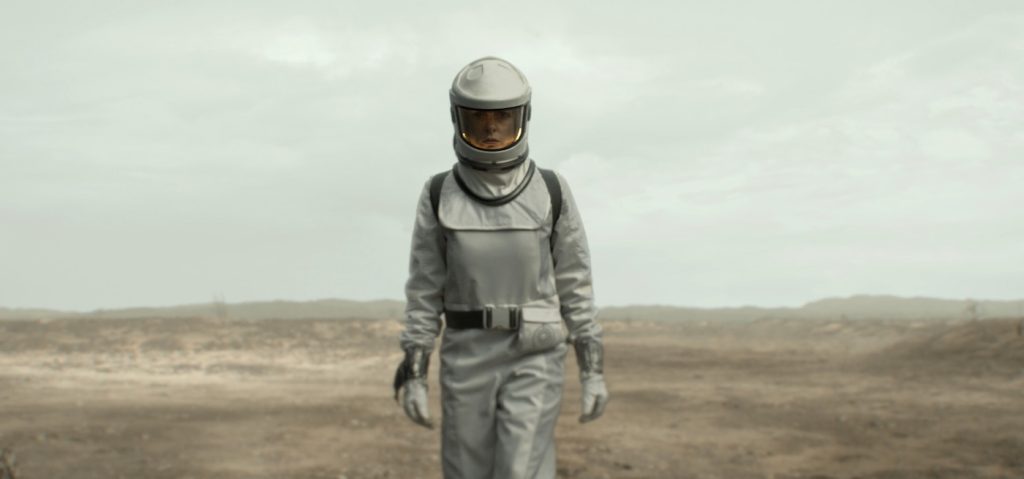
One of the fascinating surprises for the viewer, especially for those who didn’t read the book, was when Juliette went from being an engineer to the sheriff. The show became a bit of a police procedural as she tried to figure out who killed her boyfriend, George.
When we had the beginning and the end, we knew we had to build out something for the middle. We needed to figure out Juliette’s story because she doesn’t spend that much time as sheriff in the book, so we knew we wanted to make more of a meal of that. That’s where we ended on, “Well, she wants to find out what happened to her boyfriend.” Let’s make it that.
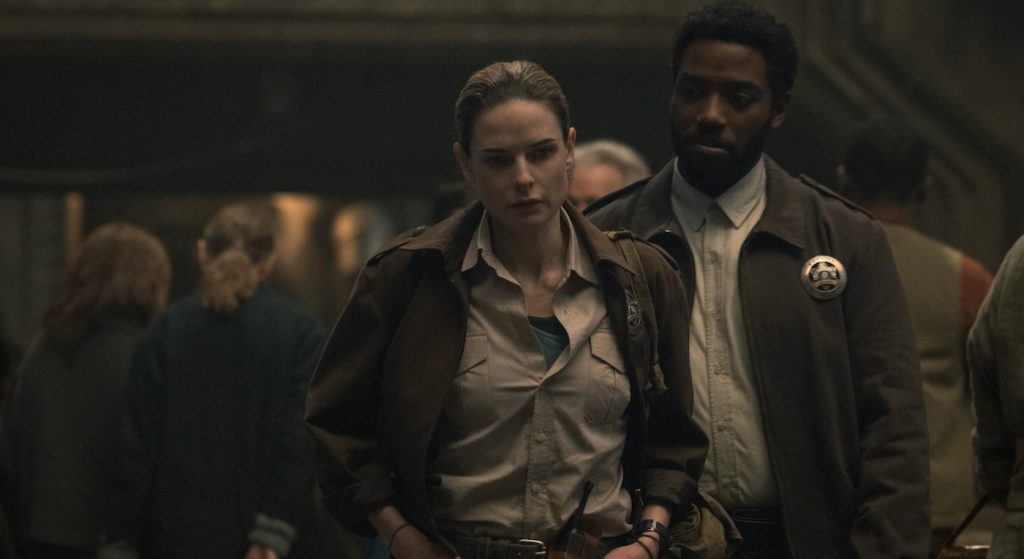
Can you tell me a bit about how you managed to meld various genres so well—it’s a little bit Western, a little bit of detective story, a little bit conspiracy thriller, and a whole lot of sci-fi.
We wanted it to feel as grounded as possible so that all the bits of world-building would stand out. Like Sheriff Holston [David Oyelowo] and Allison [Rashida Jones] are a married couple who love each other, and they get into squabbles and have workplace and home life conflicts, and all this stuff. They want to have a baby, that’s very understandable. And then we start putting the spin on it. Juliette becomes the new sheriff in town, and there’s something that’s almost noir, like in Hitchcock, where you would get the amateur detective. Someone who’s not a detective, not a cop, but who’s trying to figure out what the hell is going on. I just watched Foreign Correspondent again recently, and Joel McCrea is trying to figure out what the hell’s happening, but he’s not a law enforcement guy. And Juliet is technically a law enforcement person, but she’s really an engineer, so we figured that is a wonderful engine to pull people through.
How much of Juliette’s investigation are you pulling from the book versus how much of that is you in the writers’ room, kind of figuring out the puzzles puzzle pieces?
You know, it’s really both. I was part of a Sony attempt to get the rights eight years ago or more nine years ago, and then I got a second chance with Apple. What hooked me about the books was that it’s an unconventional mystery story, and the mystery is, “Why the hell are they in an asylum? Who built the asylum? What happened? There’s something wrong. It’s not an open society. What’s the hell is going on?” So that’s fun. And then I love the way Hugh slowly revealed that without it being programmatic in any way. It evolves over the three books, so that appealed to me. It felt like there was enough stuff that you could do multiple seasons and have more revealed along the way without it being something where we’d be stretching where we should have found this out in Episode 4, but instead, you’re finding out in Episode 8.
Yet you created a lot of Juliette’s story yourselves? Spoiler alert.
There’s not a lot in the first half of the first book for Juliet to do after she becomes sheriff—it’s not long before she’s sent out the clean in the book. So we built more of a story for her, trying to find out what happened to her boyfriend, which also just gave up a nice engine for that character and something personal because I love the idea that Juliet never, ever set out to be the hero of the silo. That was preposterous to her. All she wanted to find out is what happened to her boyfriend.
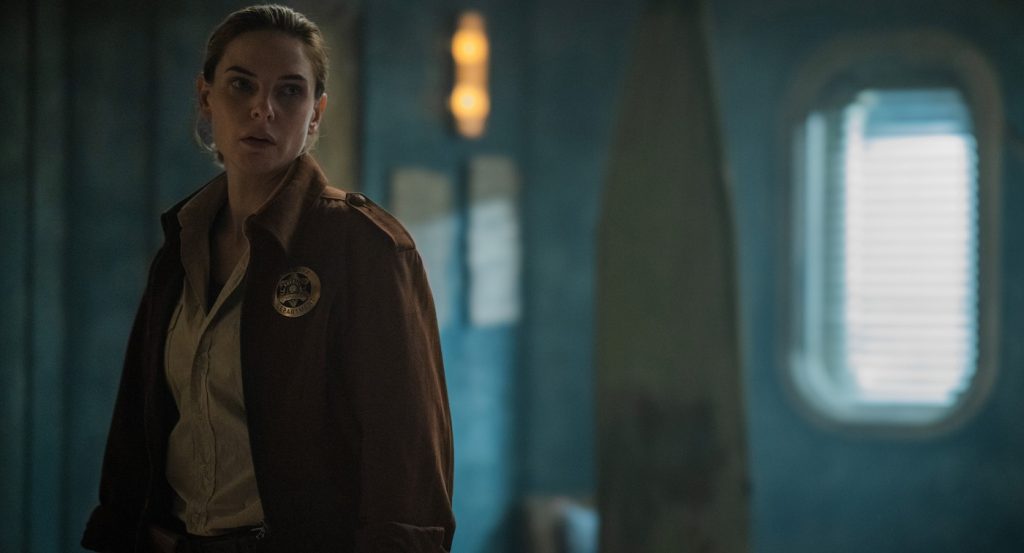
Silo is currently streaming on Apple TV.
For more stories on Apple TV+ series and films, check these out:
How the Latest VFX Techniques Immersed the “Masters of the Air” Actors in Battle
Brad Pitt and George Clooney Finally Reunite in First “Wolfs” Teaser
Featured image: Rebecca Ferguson in “Silo,” now streaming on Apple TV+.



